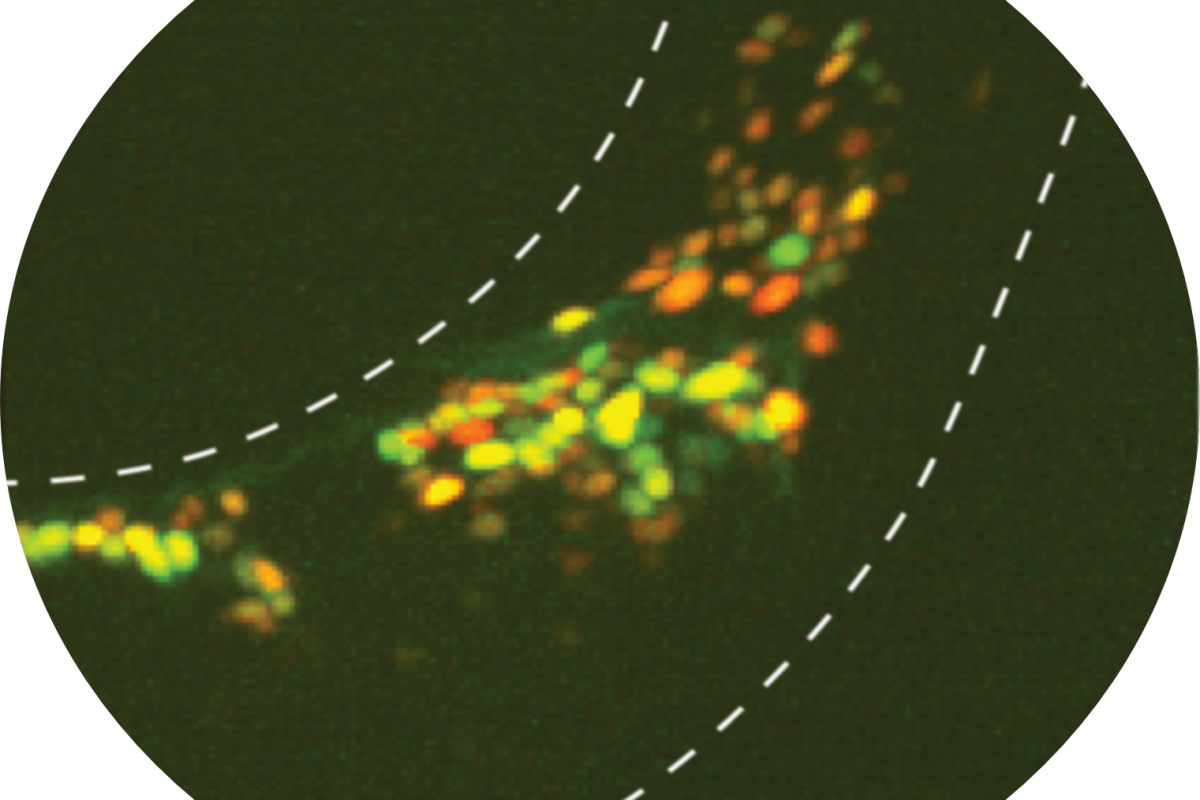
MIT neuroscientists have discovered the elegant architecture of a fundamental decision-making brain circuit that allows a C. elegans worm to either forage for food or stop to feast when it finds a source. Capable of integrating multiple streams of sensory information, the circuit employs just a few key neurons to sustain long-lasting behaviors and yet flexibly switch between them as environmental conditions warrant. “For a foraging worm, the decision to roam or to dwell is one that will strongly impact its survival.” says study senior author Steven Flavell, the Lister Brothers Career Development…



